When Business of Home asked designers to share their biggest red flags when working with new clients, we were flooded with more responses than we could fit in a single edition of Trade Tales! So, here’s another round of insight, this time from nine designers—Rydhima Brar, Alyse Eisenberg, Malka Helft, Rebecca Johnston, Jamie L. King, Mimi Meacham, Nayoka Simone, Kalah Talancy, Donyea Tollie—on client behaviors that they can’t abide.

Inspiration strikes
“A big one is when the project does not inspire me. I dealt with this when a client completely changed the style, aesthetic and palette halfway through the project and we had to go back to square one. The new direction was quite uninspiring, but I chose to complete the project. At the end, it was more about just finishing it rather than finding creative solutions. Working outside of your niche once in a while is fine, especially to get the experience and try something new. But I learned that it’s always best to stand boldly in my own design and really commit to my aesthetic.” —Rydhima Brar, R/terior Studio, Los Angeles
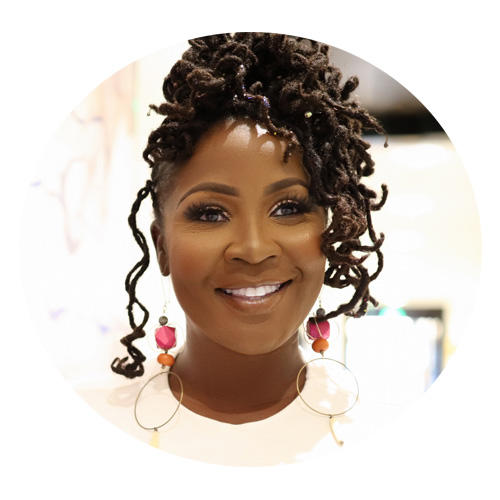
Right on time
“Common courtesy is key to ensure all communication is open and effective. I completely understand that things happen and sometimes people get held up; however, if someone is late for our meeting solely due to lack of time management, this is a red flag that they may be not connected to the project. Respect is also an extremely important factor. If the client doesn’t respect me as the designer, there is no way that collaborating on a project together will work.” —Nayoka Simone, NyRai Interior Designs, Upper Marlboro, Maryland
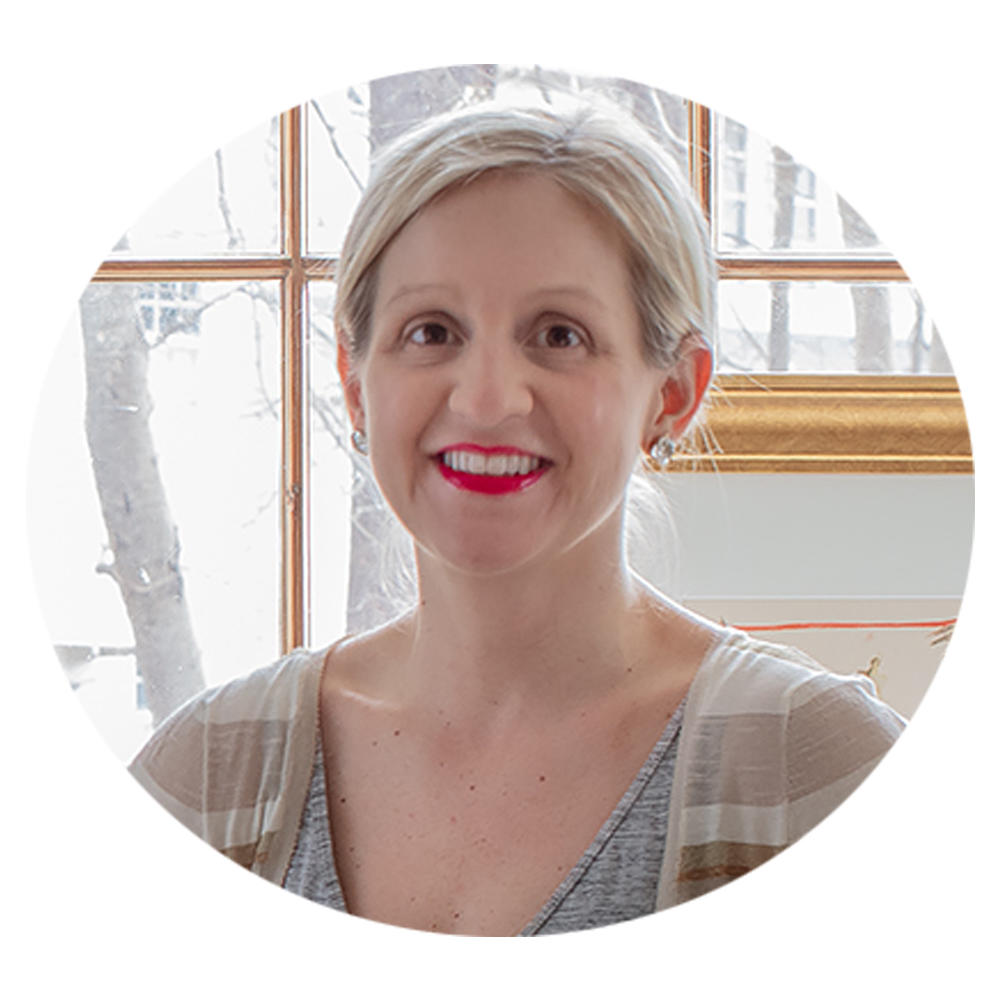
New crew
“One of the biggest red flags we see is if a client is in the middle of a job and looking for new professionals to help them complete the job.” —Kalah Talancy, KT2 Design Group, Sudbury, Massachusetts
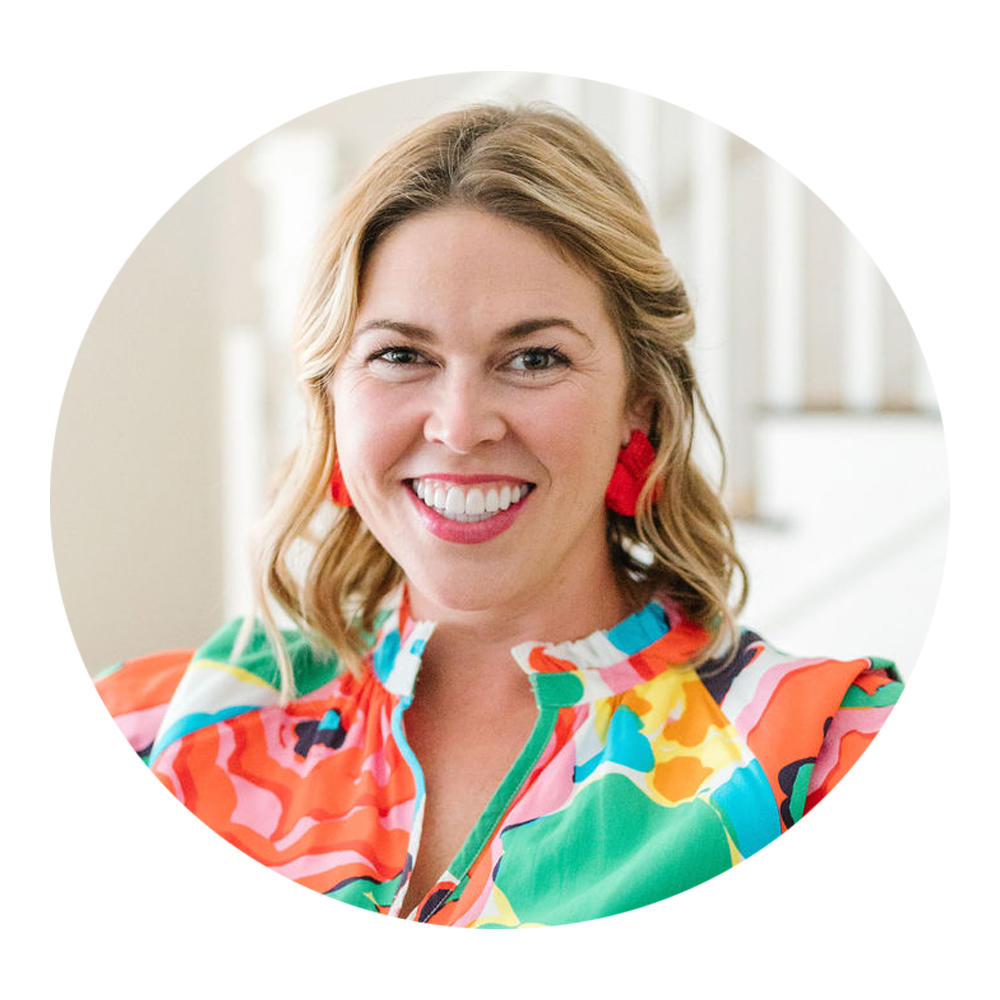
DIYers need not apply
“I’m honing my skill for recognizing these signs earlier in the intake process. Usually, if a potential client asks about doing something themselves to save on costs, that tells me that they will be penny-pinching the whole time and the project will be harder and more time-consuming. Also, if you go to meet them at a consultation and their current design style is completely different from yours, that’s another warning sign that your job will be harder and the clients more difficult to please.” —Mimi Meacham, Marian Louise Designs, Houston
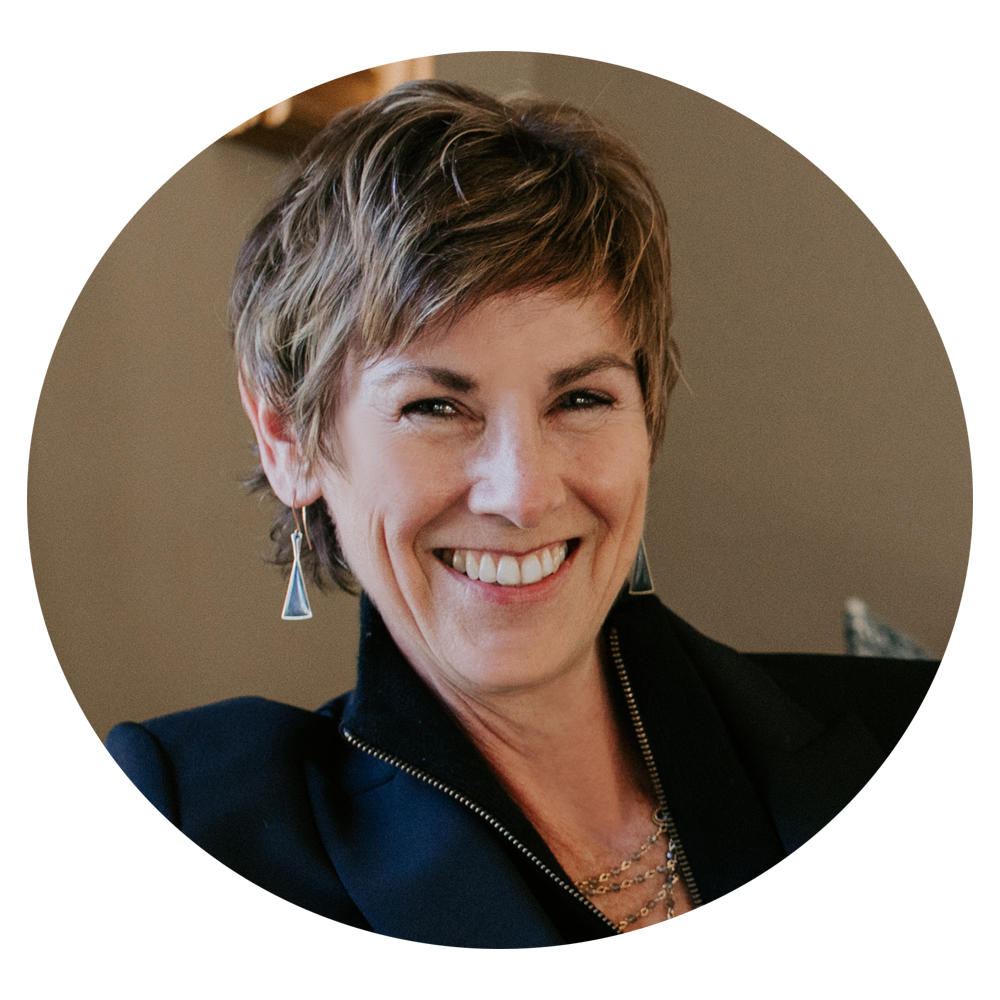
Open communication
“Potential clients who cannot have an honest budget conversation are a huge red flag for us because we know we’ll waste a lot of time finding their comfort level, which in the end, may not align with the budget. We want to know if they’ve worked with a designer before, and if so, why that relationship didn’t continue. We all know not every designer is a fit for every client, but sometimes you hear language that tells you that the client is either hard to work with or hard to satisfy. If they haven’t worked with a designer before, we ask what their expectations are to make sure it fits with how we work. We’re not here to be the client’s best friend and lunch date. Maybe our biggest red flag is: Do they come across as nice people respectful of all others? We want our clients to enjoy the process and we want to enjoy it, too!” —Rebecca Johnston, R Johnston Interiors, Santa Clarita, California
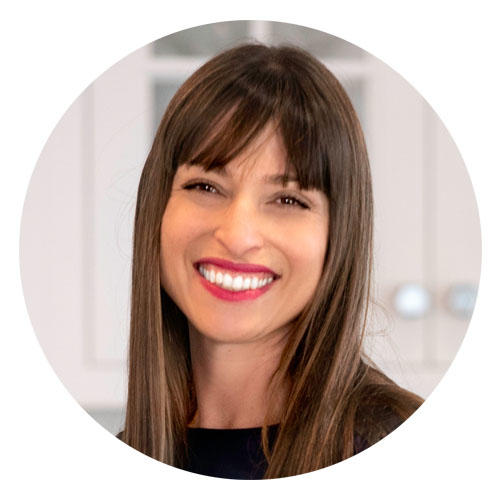
Unrealistic expectations
“When a prospective client tells me that the room in question is a small project and should not take more than a few hours. This statement tells me that this person is not realistic about the amount of time needed to be spent on any space and will not agree to many fees and my structure.” —Malka Helft, Think Chic Interiors, White Plains, New York
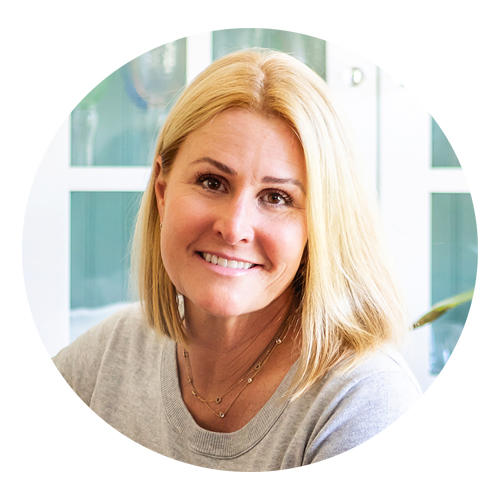
No Changes
“For us, it is when the client starts asking if we can reduce our hourly fee or restructure the way we bill. Past experience has proven that the client that starts out wanting to change the way we do business ends up being a problem client with no boundaries. Would someone walk into Nordstrom and try to negotiate the price of an item or critique how they do business? We have learned that although it is hard to turn down work at times, having a client that isn’t the right fit usually ends with a very unhappy designer—and an unhappy client.” —Jamie L. King, JLK Interiors, Los Angeles
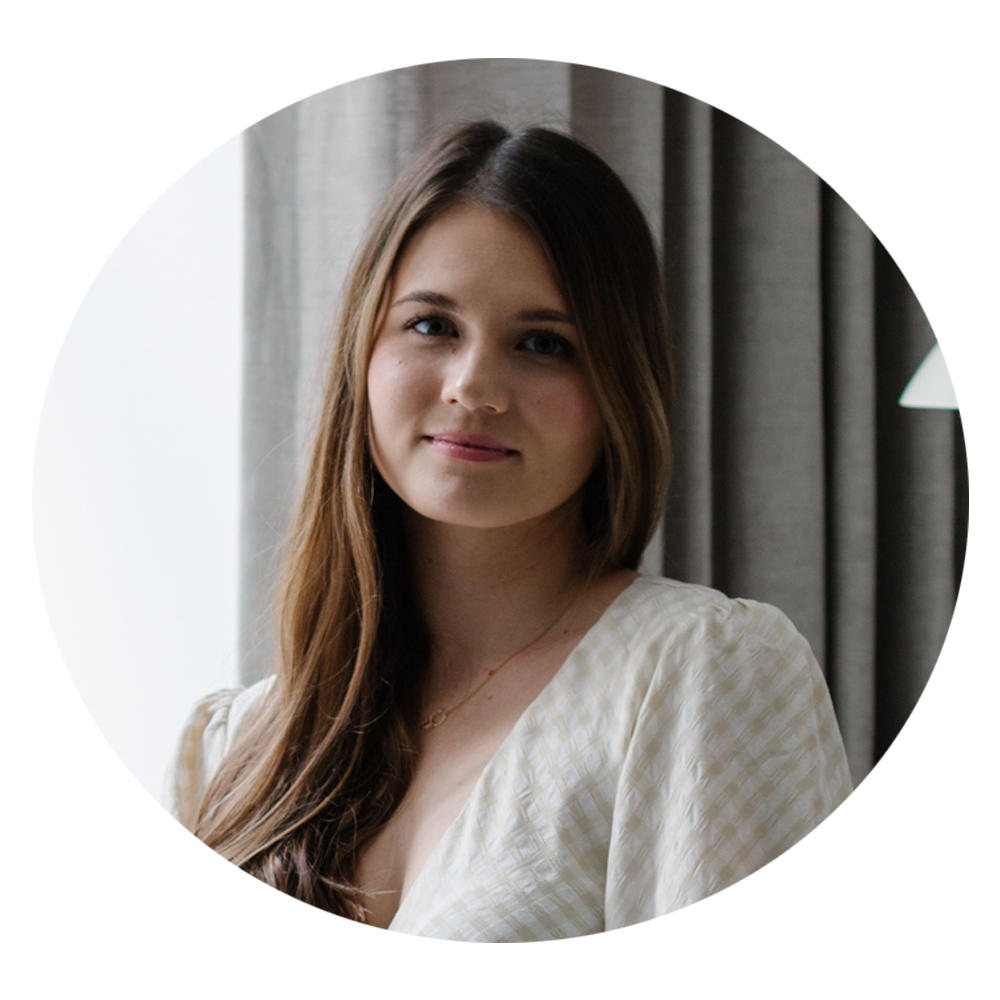
Question and answer
“The first question I ask potential clients is [about] their budget. The numerical response is not as important as how they answer the question. When someone doesn’t have an exact budget or isn’t willing to work with you to establish one, it can be hard to meet certain expectations. Alternatively, budgets too low for a client’s needs and goals are also a red flag. Next, I ask if they have worked with an interior designer in the past and how that went. If someone says they had a bad experience, I need to know why the project went sour to evaluate the root cause. I had one potential client tell me, ‘My wife drove the last designer crazy, and the project suffered.’ That’s a warning sign.” —Alyse Eisenberg, Studio Alyse, New York and Charleston, South Carolina
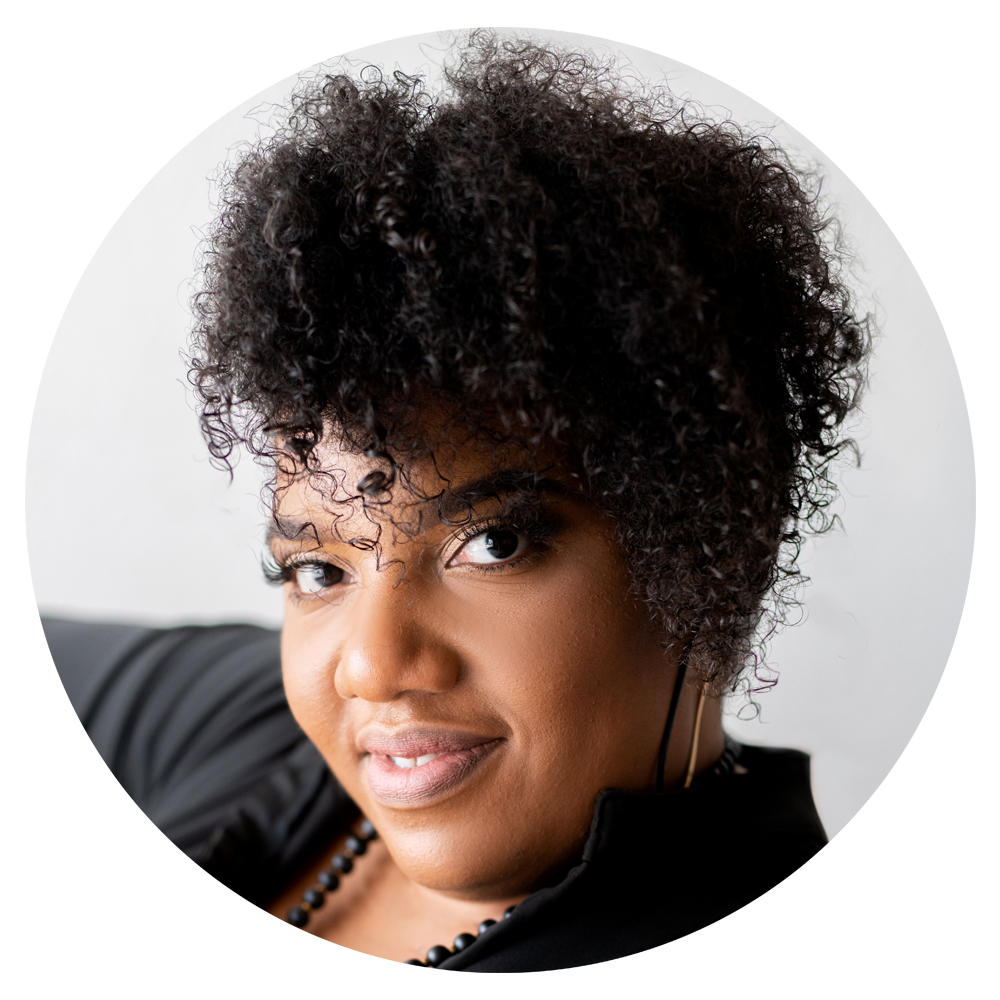
Good vibes
“I like to say I don’t believe in red flags because I see them as opportunities, but I will say that I look to really vibe with my clients on a deeper level. I want them to be receptive to me and what I have to offer through my design process. In this field, while I do believe in being client-centric, the phrase ‘The client is always right’ goes out of the window! That’s not to say that I am not listening to their wants and needs. I want my clients to understand from the beginning that I am here to take care of their space so their space can take care of them. This is where honesty and trust play a huge factor in our working relationship. But it has to work both ways.” —Donyea Tollie, Rejuvenation Home Studio, Bartow, Florida
Homepage photo: A room by R/terior Studio | Photo by Frank Francis




























